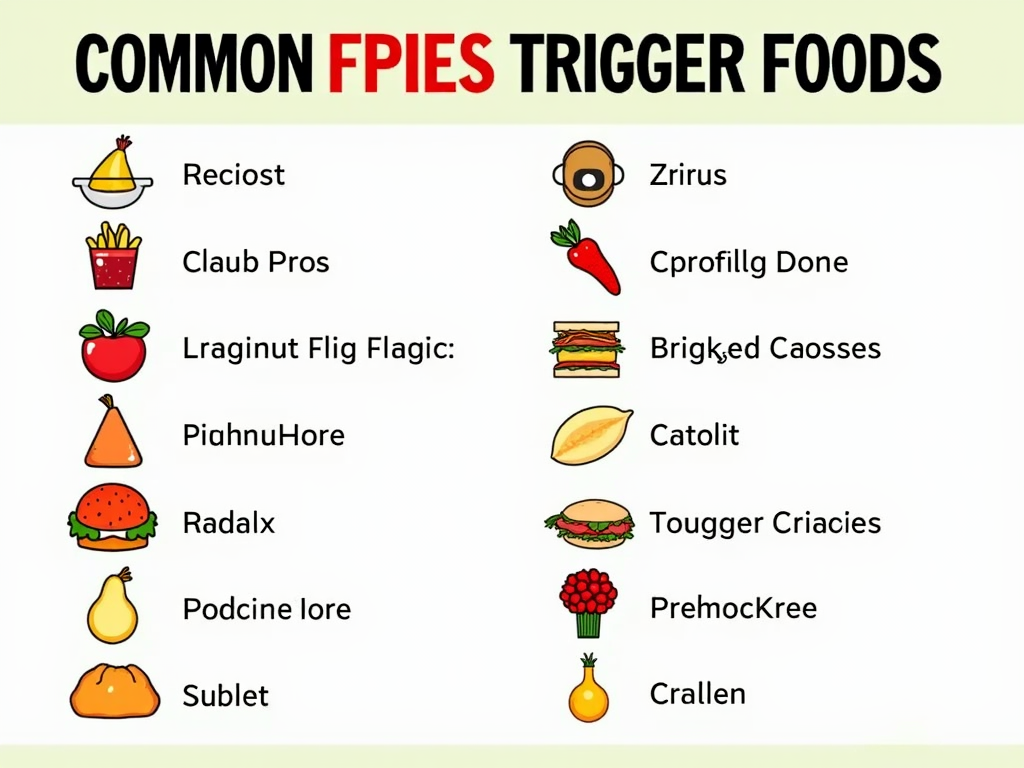Food Protein-Induced Enterocolitis Syndrome (FPIES) is a rare but serious food allergy that affects the gastrointestinal system. This complete guide aims to help parents and caregivers understand FPIES diagnoses, manage the condition, and improve the quality of life for affected children.

What is FPIES?
FPIES is a type of food allergy that causes severe gastrointestinal symptoms, such as vomiting, diarrhea, and dehydration, typically in infants and young children. Unlike other food allergies, FPIES reactions are delayed, occurring hours after consuming the trigger food, which makes diagnosis challenging.
Acute FPIES is characterized by sudden and severe symptoms, while chronic FPIES involves ongoing symptoms due to repeated exposure to the trigger food. Understanding the difference is crucial for proper management.
As a parent, discovering that your child has FPIES can be overwhelming. I remember the confusion and fear when my child was diagnosed. It's essential to educate yourself and seek support from healthcare professionals and support groups. For more detailed information on FPIES, visit the FPIES Foundation.
Diagnosing FPIES
Diagnosing FPIES is not straightforward because there are no specific tests for it. The process often involves:
- Medical History: A detailed account of the child's symptoms and dietary history.
- Elimination Diet: Removing suspected trigger foods from the child's diet to see if symptoms improve.
- Oral Food Challenge: Under medical supervision, reintroducing the suspected trigger food to observe if symptoms recur.
Working with a specialist, such as a pediatric allergist or gastroenterologist, is vital for an accurate diagnosis. They can guide you through the process and provide the necessary support. The American College of Allergy, Asthma & Immunology provides guidelines on diagnosing FPIES.

Foods to Avoid with FPIES
Common trigger foods for FPIES include:
- Cow's milk
- Soy
- Rice
- Oats
- Poultry
- Fish
However, any food can potentially trigger FPIES. Identifying and avoiding these foods is crucial. Here are some tips:
- Keep a food diary to track what your child eats and any symptoms that follow.
- Read food labels carefully to avoid hidden ingredients.
- Consult with a dietitian to ensure your child receives balanced nutrition.
Common FPIES Trigger Foods and Alternatives
| Trigger Food | Safe Alternatives |
|---|---|
| Cow's Milk | Breast milk, hypoallergenic formula, coconut milk |
| Soy | Almond milk, oat milk, rice milk |
| Rice | Quinoa, millet, buckwheat |
| Oats | Corn, barley, wheat (if tolerated) |
| Poultry | Beef, pork, lamb |
| Fish | Shellfish, other proteins |
For more information on food allergies, including FPIES, visit the National Institute of Allergy and Infectious Diseases.
Living with FPIES
Managing FPIES requires vigilance and adaptation. Here are some strategies:
- At Home:
- Create a safe kitchen environment by clearly labeling foods.
- Educate family members about FPIES and the importance of avoiding trigger foods.
- In Social Settings:
- Inform caregivers, teachers, and friends about your child's condition.
- Pack safe snacks and meals for outings.
- Emotional Support:
- Join support groups to connect with other parents facing similar challenges.
- Seek counseling if needed to cope with the stress and anxiety.
Tips for Managing FPIES at School
- Meet with school staff to discuss your child's condition and dietary needs.
- Provide a list of safe foods and emergency contact information.
- Ensure that your child has access to safe snacks and meals.
- Educate your child about their condition and how to advocate for themselves.
Remember, FPIES is manageable with the right knowledge and support. Many children outgrow FPIES by the age of 3-5, so there is hope for the future.

In summary, understanding FPIES diagnoses involves recognizing the symptoms, navigating the diagnostic process, avoiding trigger foods, and managing daily life. With the right approach, you can help your child thrive despite the challenges of FPIES.
Discuss Here